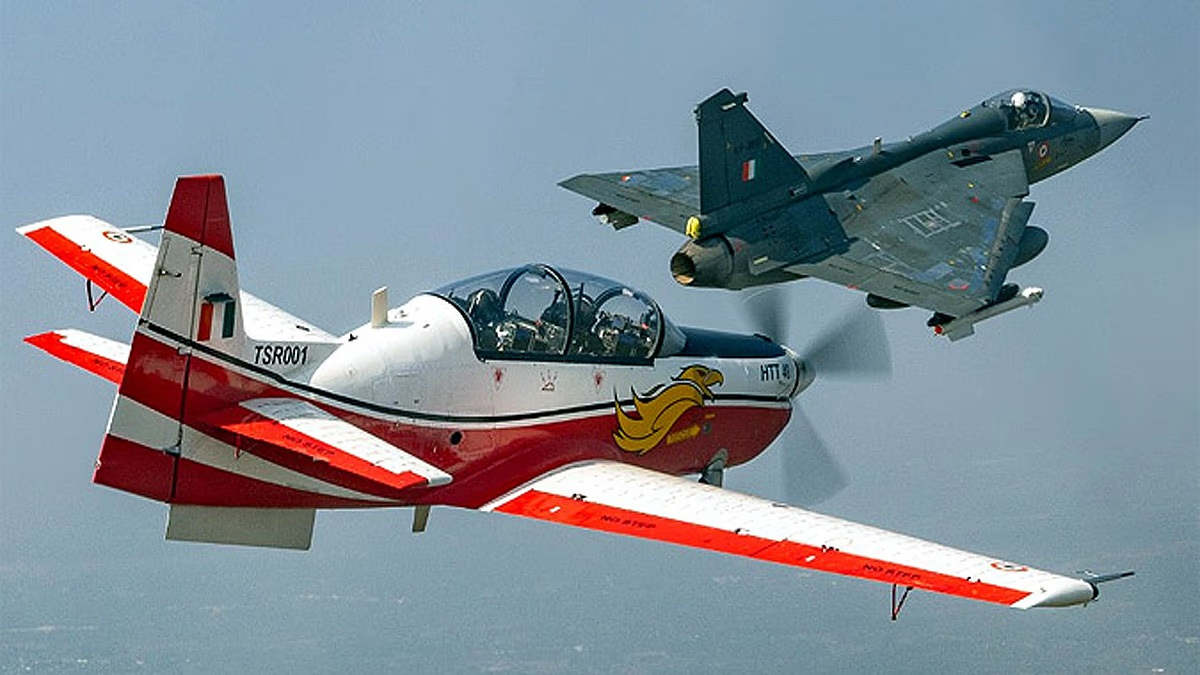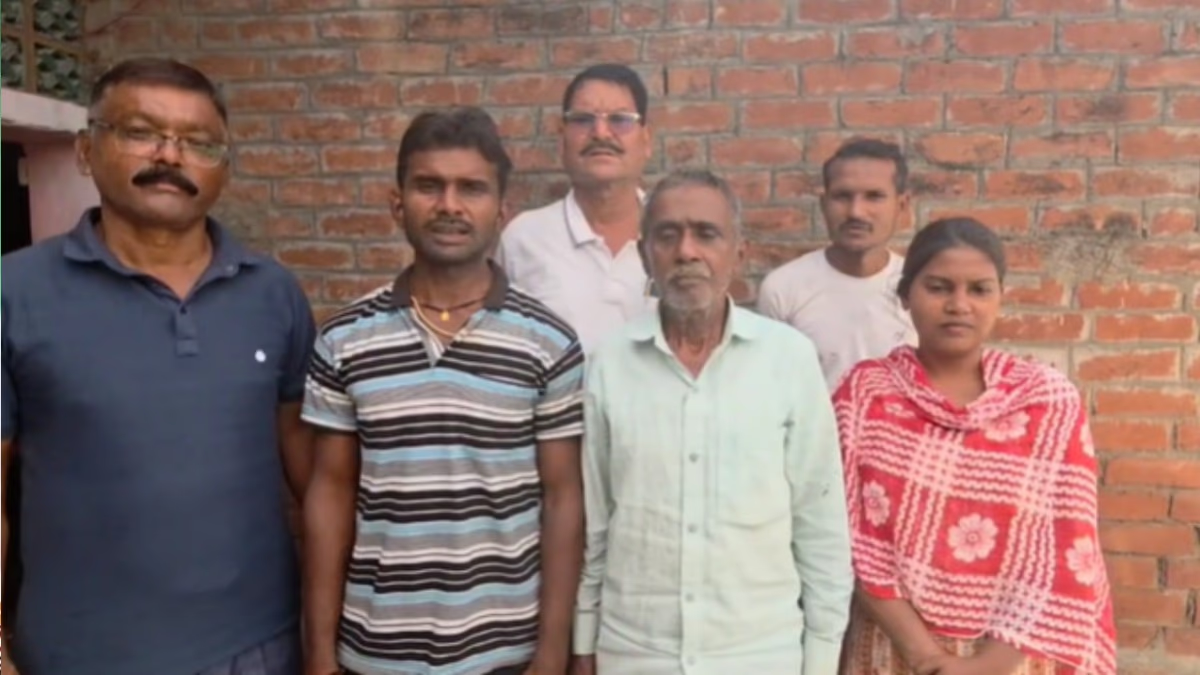There is a significant transformation in strengthening India's Air Force. The large factory in Nashik city, previously assembling Russian fighter jets, is now dedicated to India's own aircraft. This factory has produced approximately 1000 Russian fighter jets. Now, it focuses on manufacturing Tejas fighter jets and HTT-40 trainer aircraft. It will host the maiden flight of the indigenous Tejas LCA Mk1A from this center.
This Nashik factory is the largest center for fighter jet manufacturing in India, part of Hindustan Aeronautics Limited. Previously, it assembled aircraft designed by the Soviet Union (now Russia). These jets became a formidable strength for the Indian Air Force.
Magic of the MiG-21: This factory produced 575 MiG-21 jets, also known as 'Bison'. These small but fast jets were a fearsome adversary.
Strength of Su-30MKI: Larger aircraft like the Su-30MKI were also assembled here. In total, almost 1000 Russian-origin aircraft have been produced from this factory.
Initially, these aircraft were acquired from abroad but assembled in India, strengthening India's air force. As times changed, India has successfully developed its own aircraft.
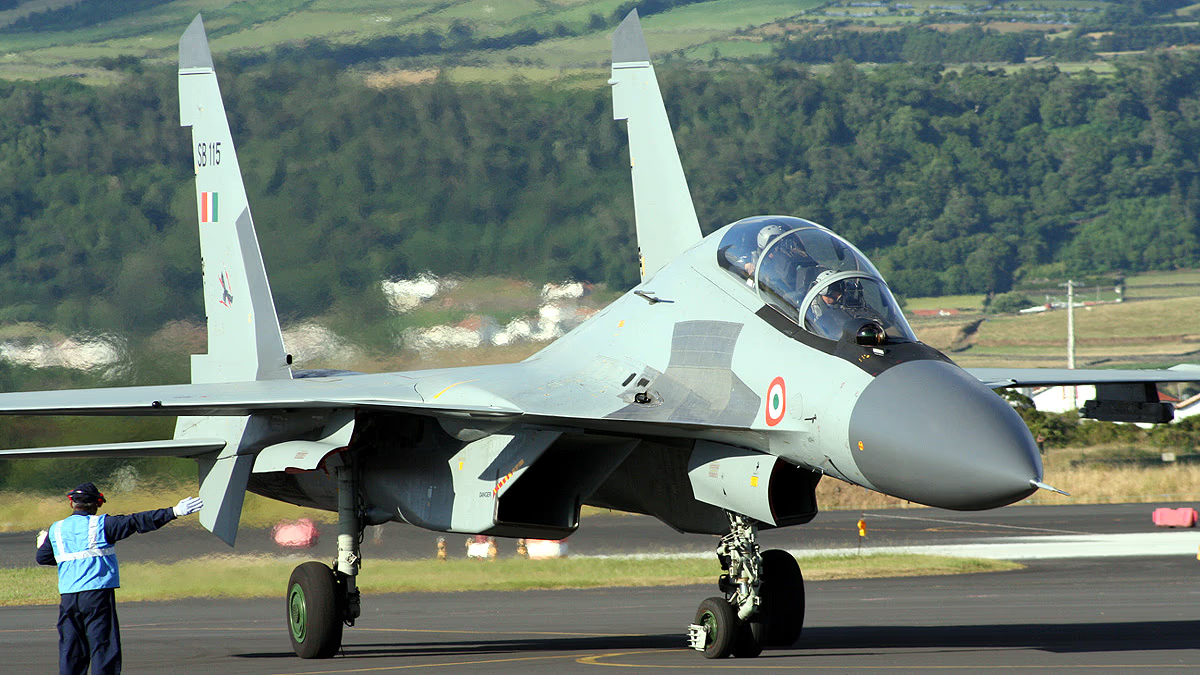
Source: aajtak
The factory in Nashik has been revamped. The old hangars have been cleaned and modernized, removing outdated equipment. New jigs, fixtures, and tools have been installed, suiting the designs of Indian aircraft.
Funding Arrangement: This transformation involved a 5 billion INR investment. The expansive factory spans 13 lakh square feet.
Tejas LCA Mk1A: This is India's home-grown fighter aircraft—light, fast, and agile. A new assembly line in Nashik has been established. The initial output will be eight Tejas jets in the first year, with future potential for higher production rates.
HTT-40 Trainer: A basic trainer aircraft for piloting skills in fighter jets. Fully designed in India, it's being produced at both Bengaluru and Nashik to ensure swift delivery.
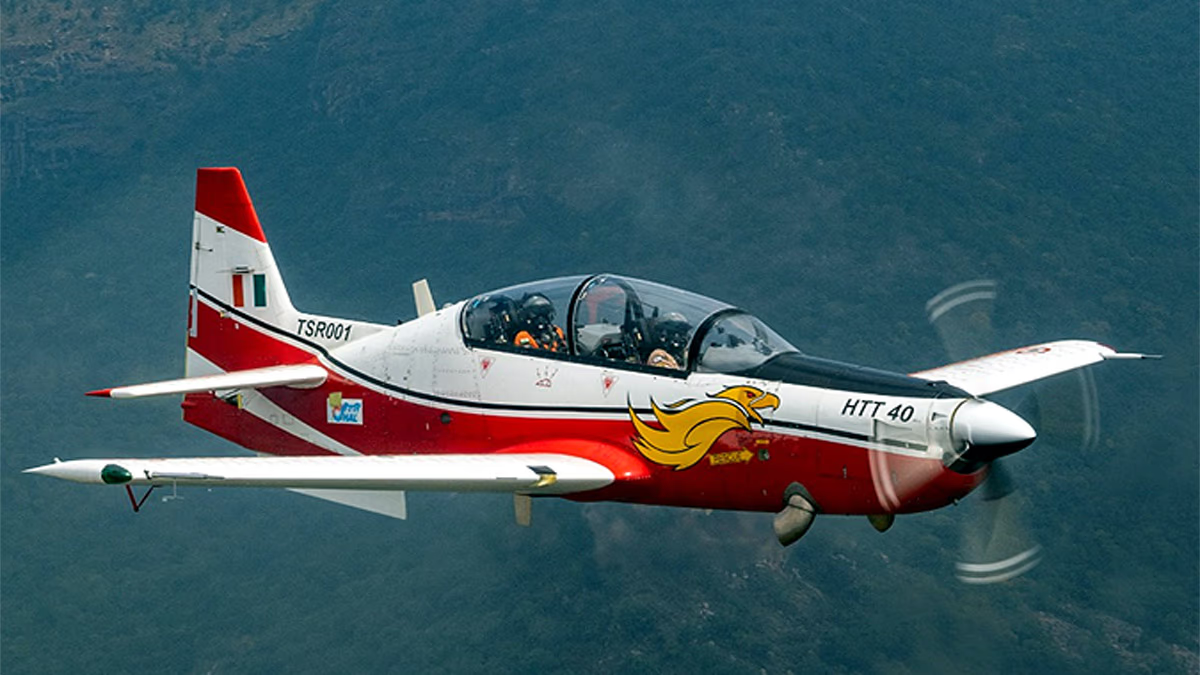
Source: aajtak
Factory officials assert the new line is fully operational. It involves over 30 jigs for assembling major parts of aircraft like the center fuselage, front fuselage, rear fuselage, wings, and air intakes.
India needs a higher annual number of aircraft as older ones like the MiG-21 are retired. The air force requires 30-40 new aircraft each year.
Role of Nashik: This facility will roll out 8 Tejas annually.
Bengaluru Support: Two more lines are active there. Altogether, HAL will be capable of producing 24 aircraft annually.
Su-30 Contribution: Some parts of the factory remain for Su-30MKI production. It is set to fulfill 15 new Su-30 orders soon.
This capability can be expanded. India will become less reliant on foreign imports.
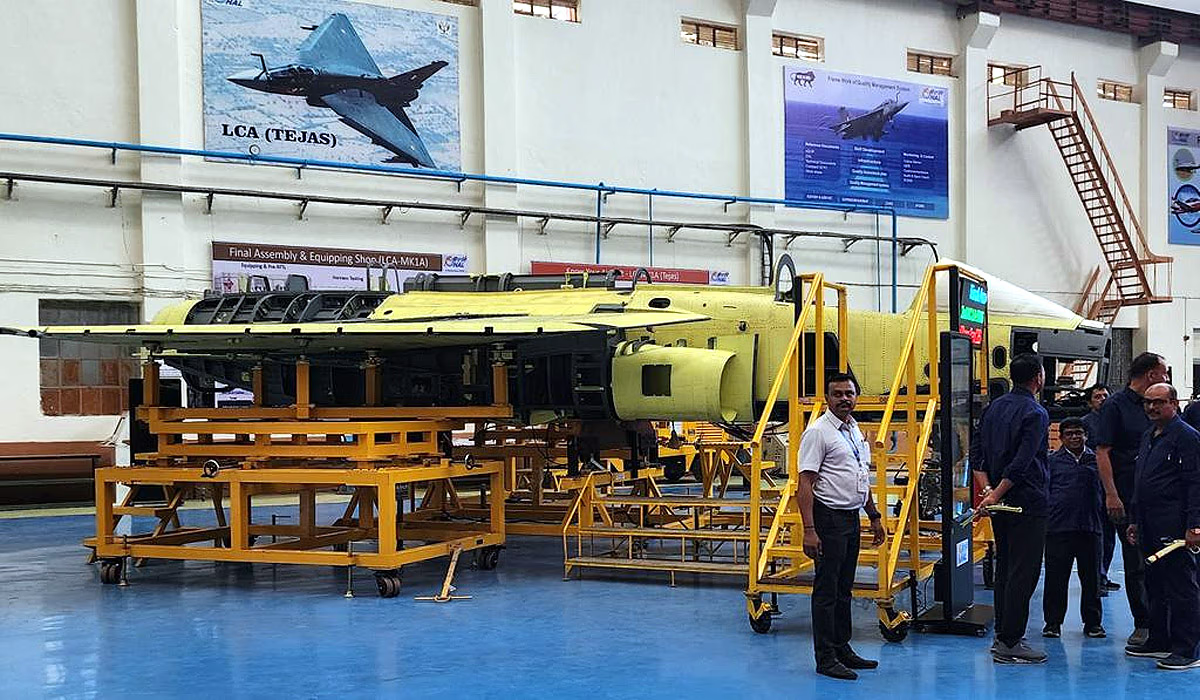
Source: aajtak
Now, the Nashik facility has become the pride of India. Transitioning from Russian jets to indigenous Tejas symbolizes India's growing self-reliance. The air force will gain new strength with this development. In the coming days, production is expected to escalate rapidly.
